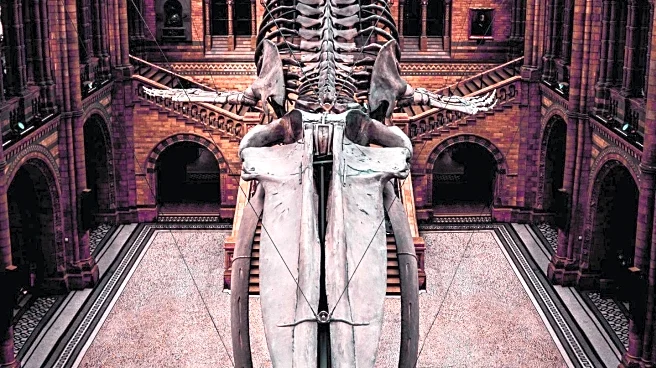What's Happening?
Nicholas Grimshaw, a prominent British architect known for his contributions to the 'hi-tech movement,' has passed away. Grimshaw was celebrated for his innovative designs, including the geodesic domes of the Eden Project in Cornwall and the original Eurostar terminal at Waterloo Station in London. His work earned him significant accolades, such as the RIBA Building of the Year award in 1994. Grimshaw's architectural firm, founded in 1980, also undertook cultural projects like the renovation of the Queens Museum in New York and the Arter art center in Istanbul. He served as the president of the Royal Academy from 2004 to 2011.
Why It's Important?
Grimshaw's passing marks the end of an era for the architectural world, particularly in the realm of high-tech design. His work has had a lasting impact on modern architecture, influencing both public infrastructure and cultural spaces. The projects he led not only advanced architectural aesthetics but also integrated technology and sustainability, setting new standards for future developments. His legacy will continue to inspire architects and designers globally, emphasizing the importance of innovation and functionality in architecture.
Beyond the Headlines
Grimshaw's architectural philosophy often blended technology with environmental consciousness, a practice that has become increasingly relevant in today's context of climate change and sustainable development. His projects often pushed the boundaries of traditional design, encouraging a dialogue between architecture and its environment. As the architectural community reflects on his contributions, there may be renewed interest in exploring how technology can be harnessed to create more sustainable and resilient urban spaces.












